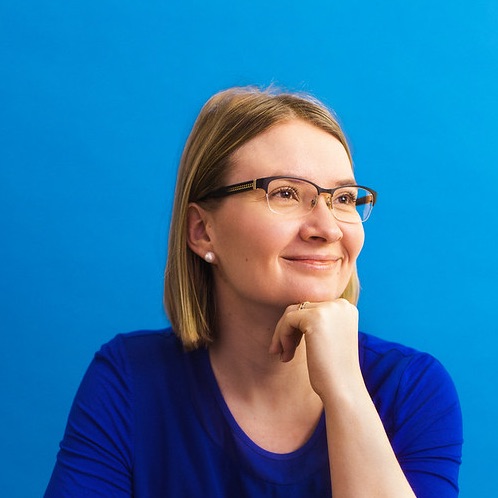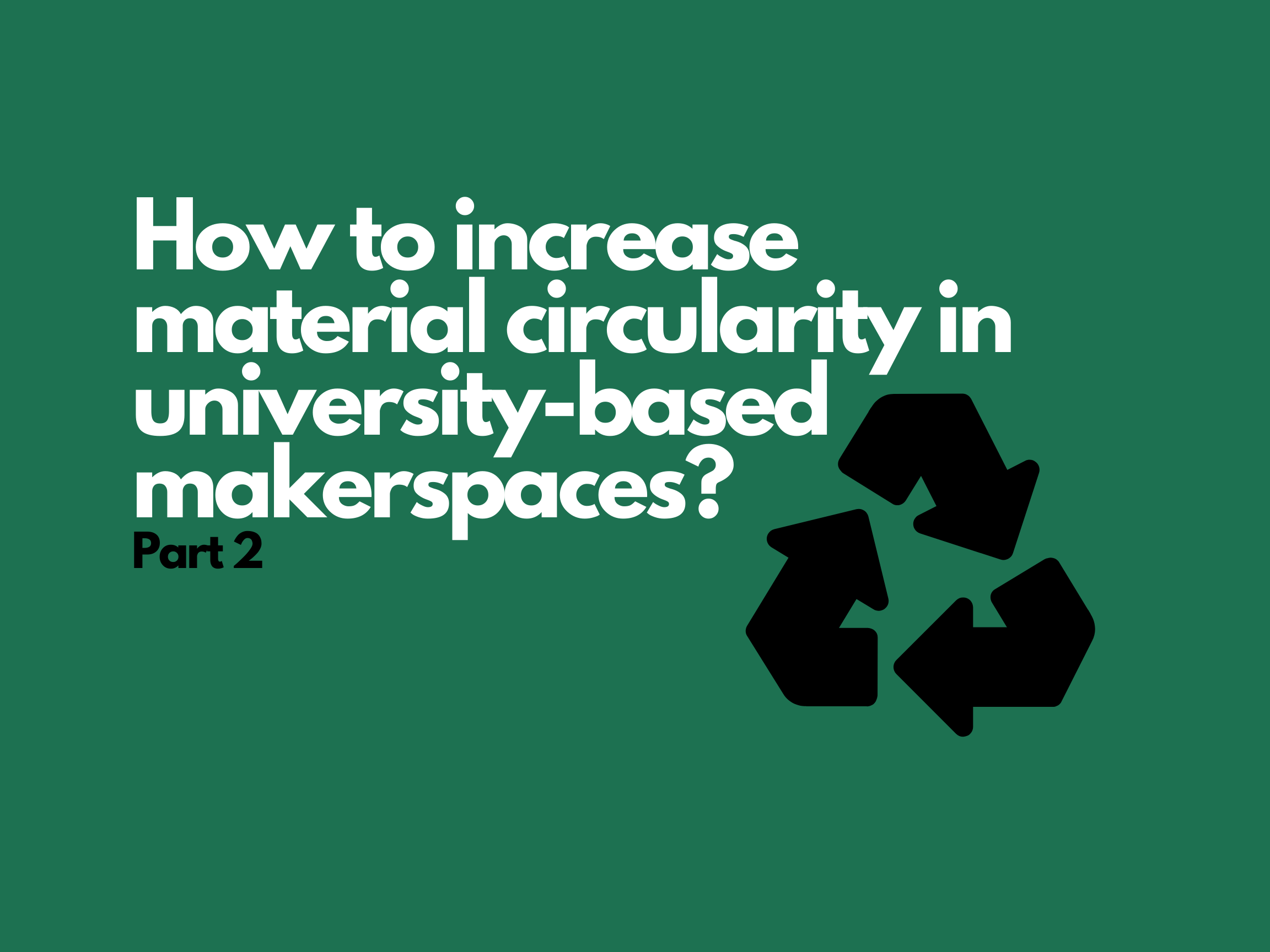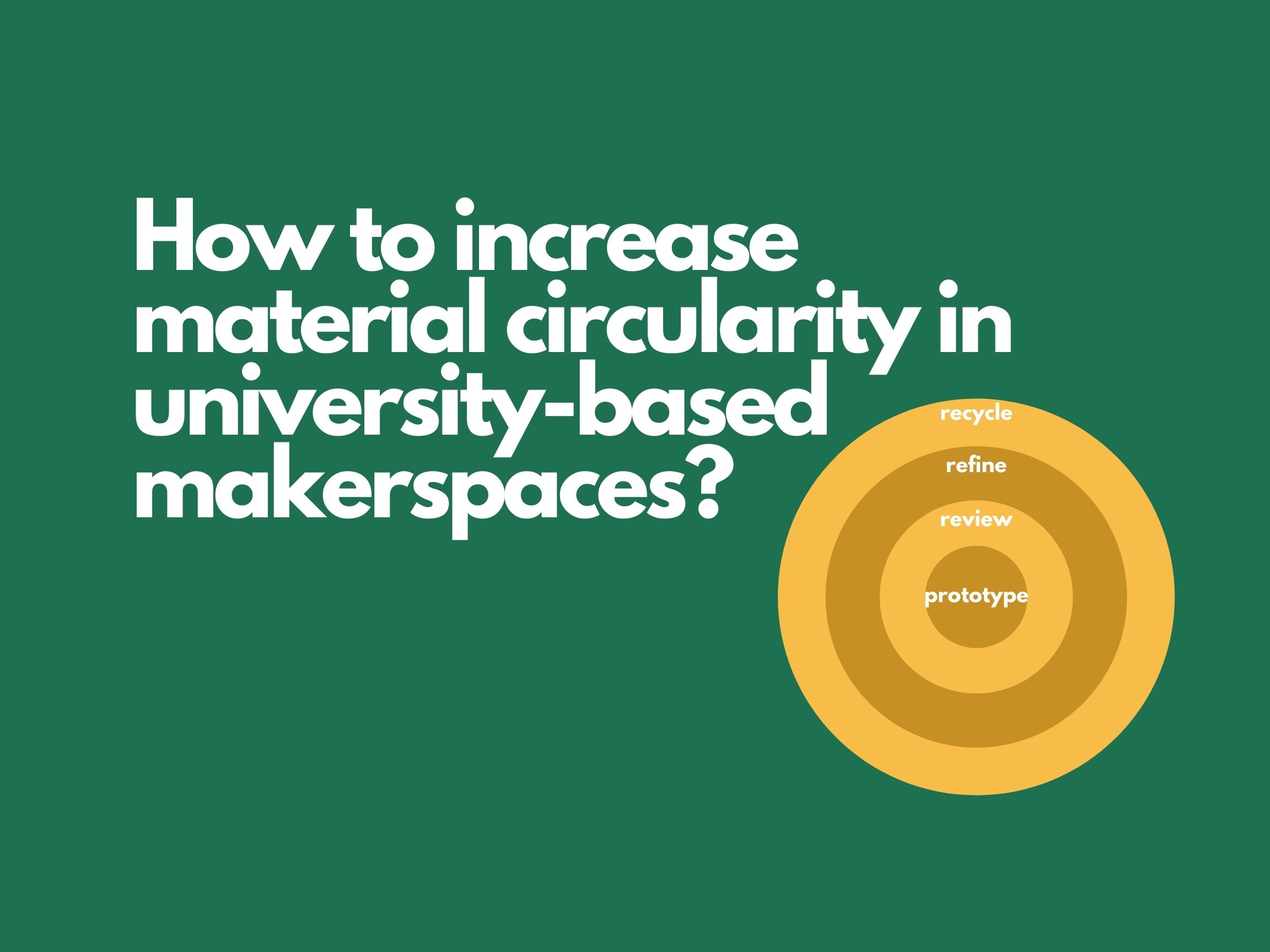
CATALY(C)ST
The CATALY(C)ST project is a Nordic Innovation project that aims to train youth change makers to act as catalysts for a transition to a sustainable circular economy (CE).
The project brings together circular economy expertise from past research and best practices in multiple Nordic universities and industry partners. The project will involve peer to peer learning of new ways of product development and knowledge sharing to boost the transition towards circular economy.
CATALY(C)ST overall mantra is decoupling value creation from resource consumption, by:
- CE readiness & opportunity mapping
- CE Business models creation & servitization
- CE products by Eco-design
- CE enhancement by digitalization
- CE close the loop strategies
CATALY(C)ST at ADF
There are many ways to participate with us, including
1. Circular Economy related Master’s theses, that can be co-advised by colleagues from partner universities, if desired
2. Sponsor a student project related to circular economy in any one of our courses such as:
Product Development Project (PDP)
IDBM Industry project
3. Circular economy case studies for courses such as:
Product sustainability
Mechanical Engineering in Society
4.Joint research projects
-

Tua Björklund DF Director, Associate Professor
tua.bjorklund@aalto.fi
+358 50 511 3182 -

Vikki Eriksson Head of Research
vikki.eriksson@aalto.fi
+358 50 466 8713
And value partnership with:

Latest Insights
-
From waste streams to raw materials
admin 18/05/2021From waste streams to raw materialsYou may have heard of this equation: growing populations with higher demands and incomes require more natural resources. This has led us to the situation where human-made things, such as consumables, cars, and infrastructure, now exceed all living species’ weight on Earth. Full post -
Towards circular prototyping – Part 1
admin 21/04/2021Towards circular prototyping – Part 1Today, makerspaces are becoming increasingly popular on university campuses by providing an opportunity to design, fix, and prototype physical artifacts to a growing number of makers. This quick increase in the maker initiatives has also brought up the discussion around environmental impacts of the makerspaces. Full post
 Aalto DF
Aalto DF
